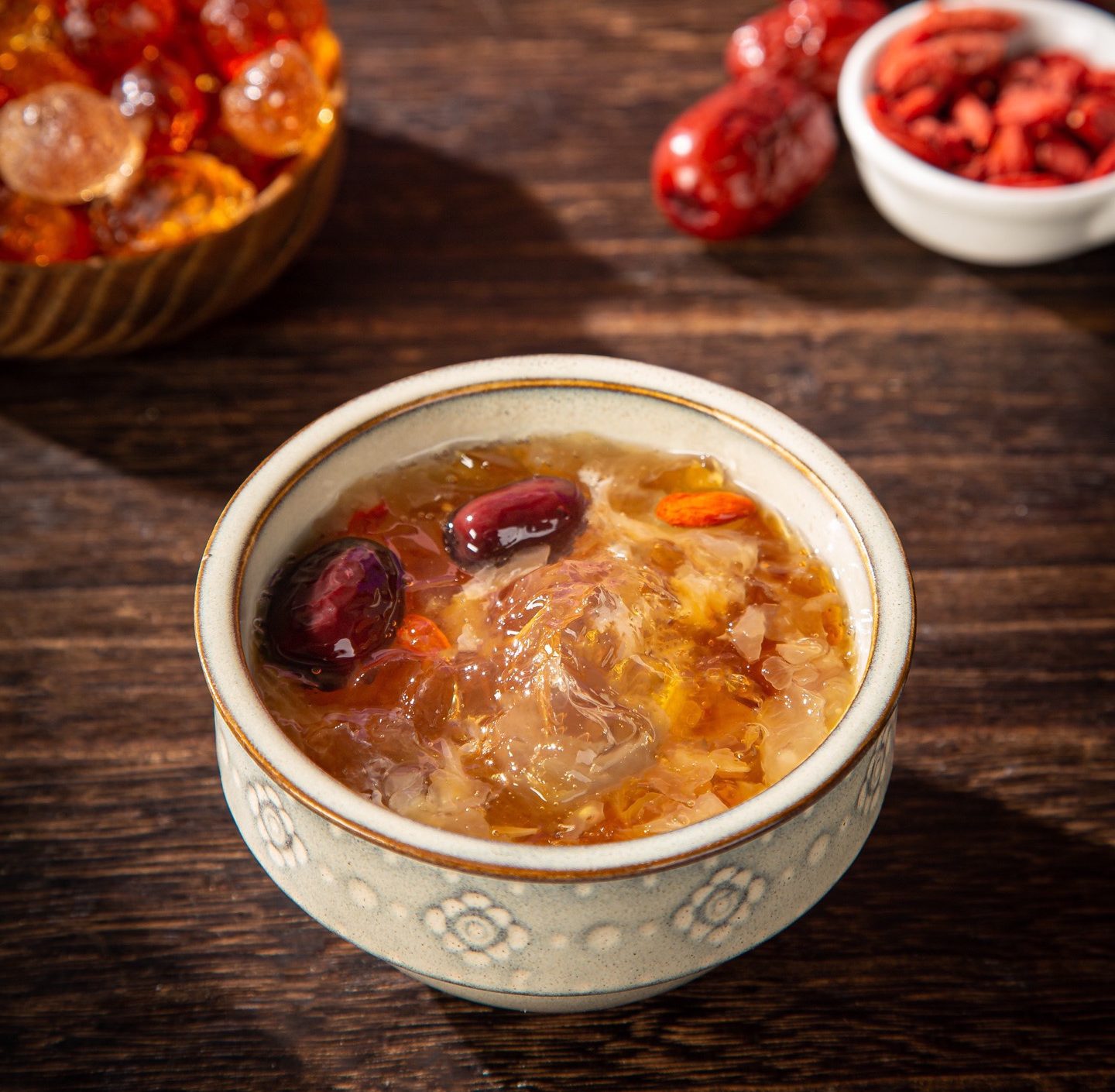This prized traditional delicacy has inspired countless myths about its quality and benefits. Uncover the truth behind the most common misconceptions and learn what really matters.
Misconception #1: Red Nests Are Coloured by Swiftlet Blood
Perhaps the most persistent myth is that of the “blood nest.” This belief suggests that the reddish hue of the rarest nests comes from the swiftlet’s blood, imbuing the nest with greater potency. However, this is a long-debunked piece of folklore. The scientific understanding is that the red colour is a natural phenomenon caused by oxidation or the absorption of minerals from the unique environment in which the nest was formed, such as iron from the walls of a cave. While their rarity makes these red nests highly esteemed, their colour is a result of nature, not blood.
Misconception #2: The Whiter and Denser the Nest, the Better Its Quality
Many people assume that a nest that is perfectly white and appears very thick or dense is a sign of superior quality. This is not necessarily true. In fact, a natural, unprocessed nest typically has a translucent, ivory-like colour. An unnaturally stark or opaque white can sometimes be an indicator that the nest has been subjected to bleaching or other chemical cleaning processes. Similarly, while a nest should have substance, its purity is more important than its weight.

Misconception #3: All Bird’s Nests Are Fundamentally the Same
It can be tempting to think that all bird’s nest products are interchangeable, but their characteristics and traditional standing can vary significantly based on several factors. The form of the nest plays a role; whole, complete nest cups are often more highly regarded, especially for gifting, than broken pieces or strips. Furthermore, the level of cleanliness is crucial. A nest that has been meticulously hand-cleaned to remove all impurities is valued far more than one that has been cleaned with chemicals or still contains debris. These factors, among others, create a wide spectrum of quality.
By looking past these common myths, one can better understand what truly constitutes a high-quality bird’s nest. The focus should always be on naturalness, purity, and the integrity of the processing methods.
Final Thoughts
If you’re looking for high-quality yet fairly priced bird’s nest, check if these nests are certified, ethically sourced by the provider that share these important information on their products.


